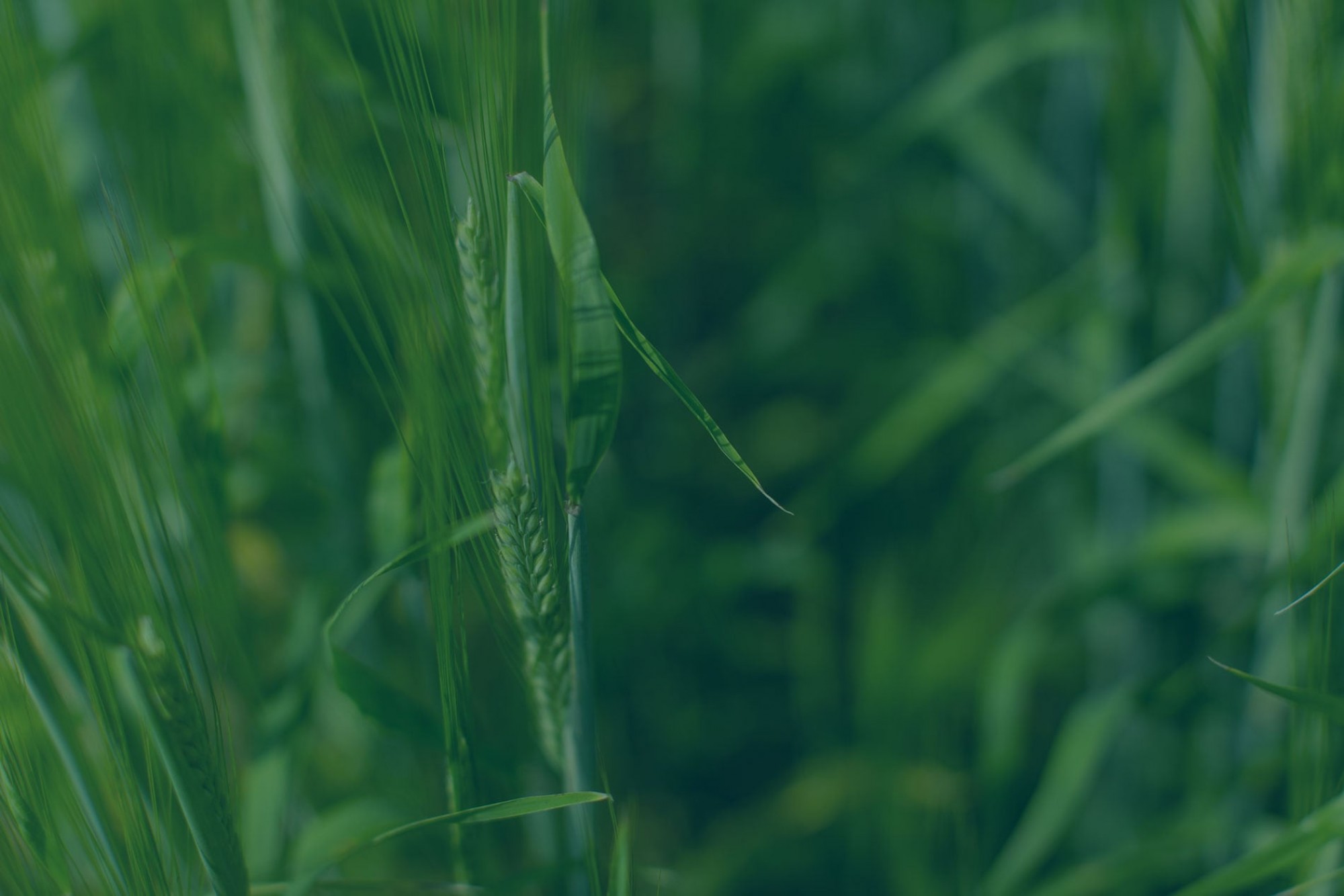Managing wild oats starts in spring
Wild oats are one of the most important weeds to manage in cereal production. They cause yield reduction as they compete with the crops for moisture and resources. In addition, the presence of wild oat seeds may downgrade the grain or increase cleaning costs.
Wild oat management starts in spring. With well-planned integrated management, the damage caused by wild oats can be mitigated, and the wild oats seedbank be reduced.
Herbicide
Herbicide is one of the effective tools in managing wild oats. The herbicides registered to manage wild oats in Alberta are listed on Alberta Bluebook 2025, Page 439:
-large.png)
Table 1. Herbicide selector chart - cereals.
Source: Alberta Bluebook 2025 page 439
The herbicides listed in the table include both pre- and post-emergence herbicides. If more than one herbicide is used to manage wild oats, rotate the modes of action to manage the risks of herbicide resistance. Common herbicide products and their herbicide groups are summarized as follows:
-large.png)
Herbicide resistance:
According to the most recent weed survey, 69% of wild oats in Canadian Prairies display herbicide resistant. Among them, 62% are resistant to Group 1 herbicide, 34% are resistant to Group 2, and 27% are resistant to Group 1+2.
If weeds survived herbicide applications, the reasons might be 1) poor spray coverage due to improper sprayer setup, weather conditions, improper weed stage, etc. or 2) herbicide resistance. If poor spray coverage could be ruled out, consider testing the wild oat seeds for herbicide resistance. Collect 1-2 L of wild oat seed per herbicide group and send to one of the labs below for testing.
- Wild oat resistance testing: sampling and packaging
- Four places you can send your seed samples for herbicide resistance testing
If poor coverage is likely the cause, calibrate the sprayer using proper nozzles and water volume to achieve better coverage. More resources on sprayer calibration can be found on Sprayer101 website:
- Selecting a Field Sprayer Nozzle
- Selecting the Right Water Volume
- Basic Sprayer Math Demystified
Integrated management of wild oats
Herbicide resistance poses threats on wild oat management. Cultural methods are tools that reduce the risks of developing herbicide resistance and help keep the precious active ingredients effective.
Think of managing wild oats as hitting them with many small hammers. Each cultural management tool, when stand-alone, may not produce impressive control. However, when combined, they can produce significant levels of control.
The tools available include:
1) Diverse crop rotation
Rotating crops allows the use of different herbicide groups. This reduces the chance of one herbicide MOA being used repeatedly and reduces selection pressure.
2) Higher seeding rates:
Higher seeding rates increase competition with wild oats. Using twice the seeding rates can reduce wild oat biomass by 2-3 fold (Harker et al. 2009).
3) Selecting more competitive crops and/or varieties
More competitive crops/varieties reduce the biomass of wild oats. Some crops are more competitive than others. The competitiveness of crops in spring is:
Winter wheat > Spring cereals = Canola > Pulses.
The traits making the variety more competitive include taller plant height, earlier emerging, and earlier canopy closure. Though some of these traits are not well-defined or thoroughly researched, research is on-going to address this gap.
4) Silage
Another way to reduce wild oat seedbank is to cut them before they set seeds. Early cut barley silage can reduce wild oat densities, as panicles are cut during silage while seeds are being produced.
Using one of the above methods can reduce wild oat biomass by 2-3 fold. When using two of the methods combined, wild oat biomass is reduced by 6-7 fold. Further, when three methods were used in combination (2x seeding rate + tall variety + diverse crop rotation) wild oat biomass was reduced by 19 fold (Harker et al. 2009). That is, when wild oats are hit with many small hammers, their biomass can be reduced significantly.
Conclusion
Wild oat is an important factor to consider before spring seeding. Herbicide resistance testing helps make wise herbicide choices. Rotating herbicide groups reduces the risks of developing herbicide resistance. Cultural methods such as diverse rotation, higher seeding rates, using more competitive crops/varieties and silaging the crop are all effective tools for managing wild oats. Using a combination of the tools provides effective wild oat management while also reducing the development of herbicide resistance.
Resources:
What the Research Suggests – Cultural Control of Wild Oat
Wild Oat Herbicide Resistance Testing (contain sampling and shipping methods)
Alberta Weed Survey: Herbicide Resistant Weeds 2017
Harker KN, O’Donovan JT, Irvine RB, Turkington TK, Clayton GW (2009) Integrating cropping systems with cultural techniques augments wild oat (Avena fatua) management in barley. Weed Science 57:326-337

